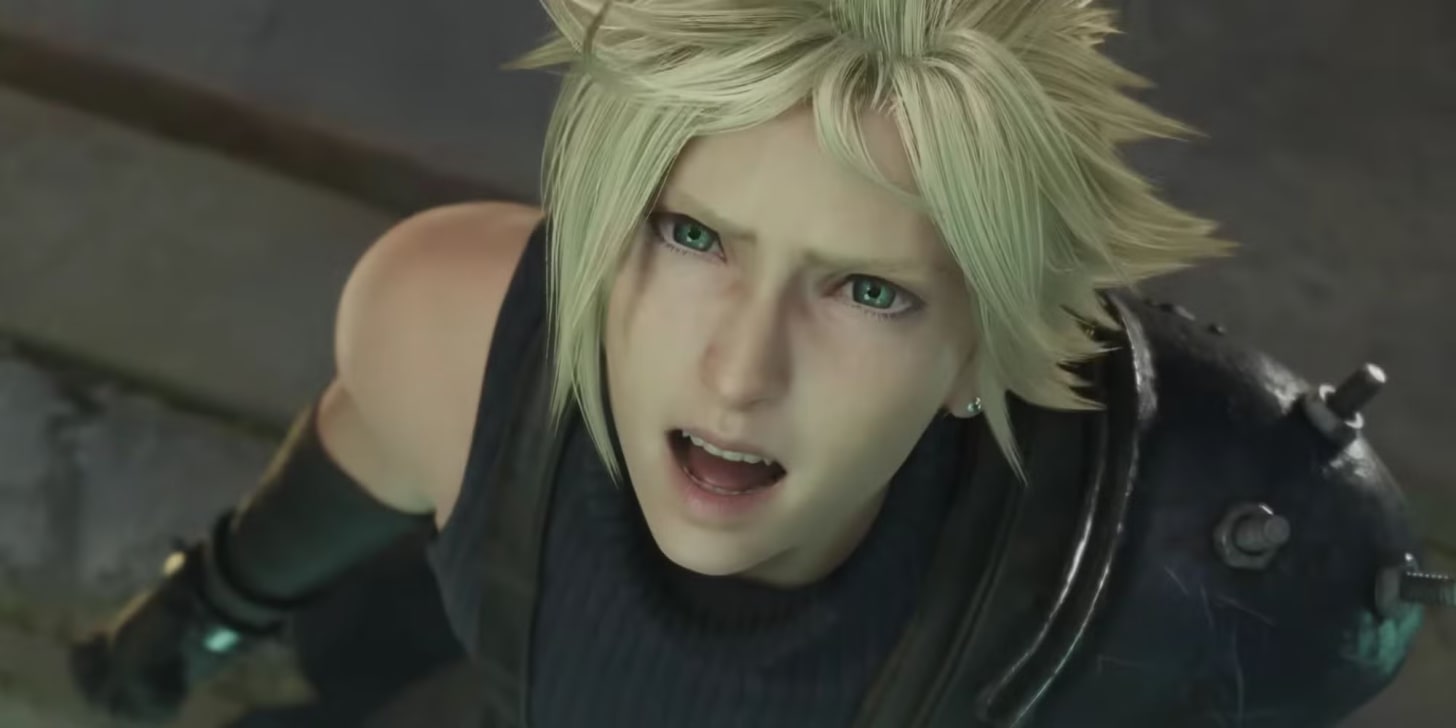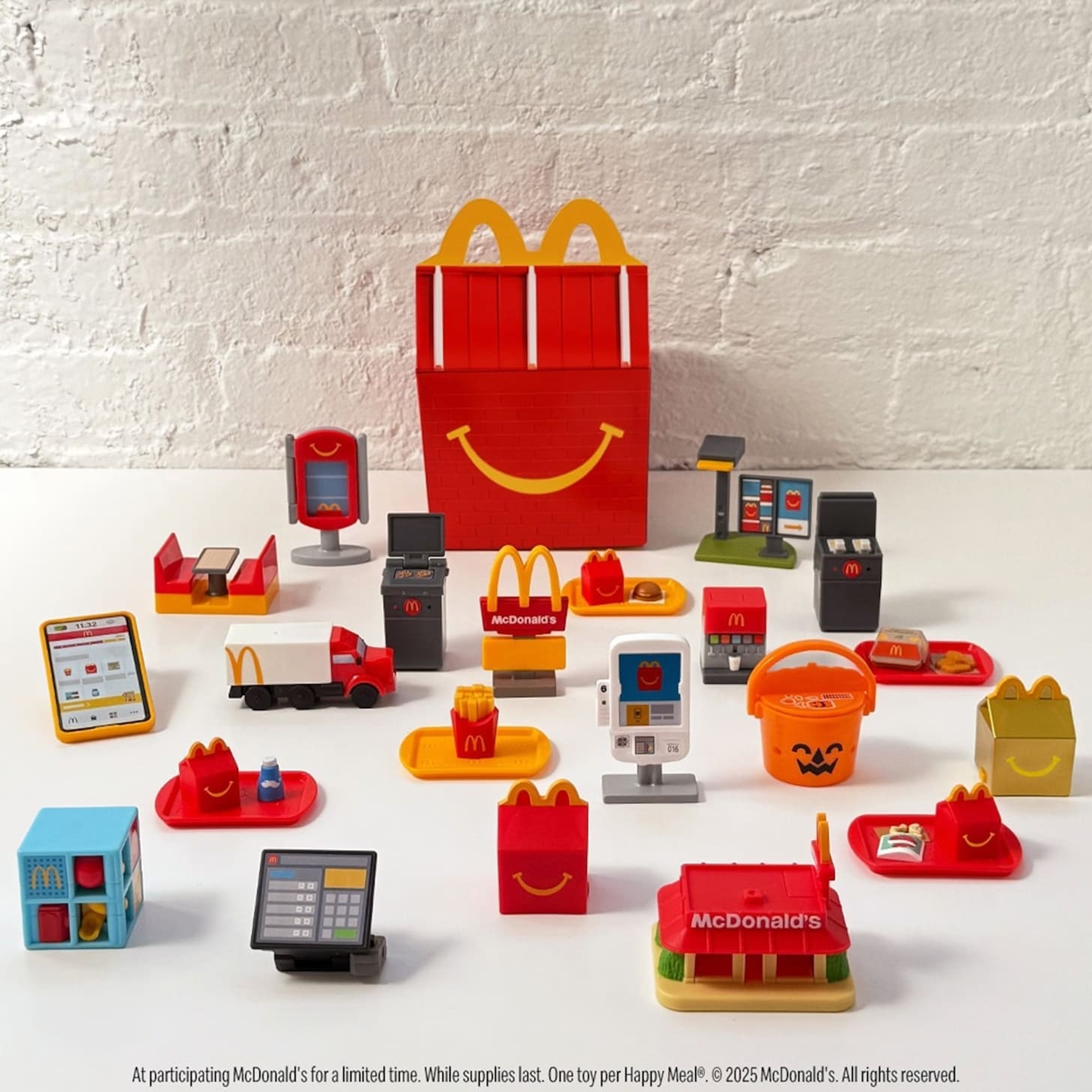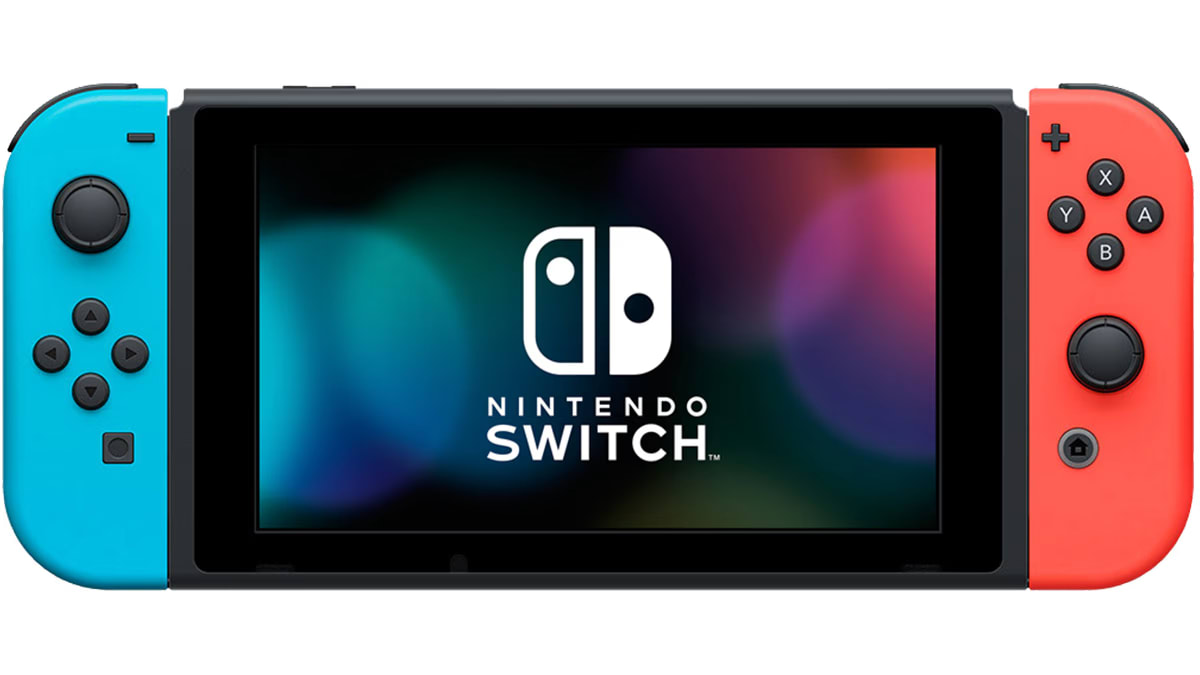Get ready to command pixelated warlords—a new Minecraft mod has arrived, and it’s bringing real-time strategy to the blocky battlefield.
Key Points:
-
Reign of Nether is a new Minecraft mod that transforms the game into a full RTS (Real-time Strategy), complete with factions, base-building, and tactical combat.
-
The mod launches during Minecraft’s 15th anniversary and taps into a rising wave of RTS nostalgia.
-
It already has 1,000+ downloads and reflects larger trends in modding, corporate support, and Minecraft’s evolving community.
Reign of Nether: A Mod That Builds Empires
Reign of Nether is the brainchild of modder SoLegendary and is available now on Modrinth. The mod radically reimagines Minecraft as a real-time strategy game. Players can lead factions like Villagers, Monsters, and Piglins, build fortresses, manage resources, and launch assaults on rival armies.
A teaser shows a Nether fortress siege, mini-map UI, and overhead troop controls. Compatible with Minecraft 1.20.6 and downloaded over 1,000 times in its first 24 hours, it’s clear this is more than just a novelty mod—it’s a fully-fledged genre shift.
Minecraft’s Modding Legacy: From Blocks to Battles
Minecraft, released in 2011 and acquired by Microsoft for $2.5 billion in 2014, has thrived thanks to its modding community. Over 100,000 mods exist, from tech packs to total conversions. Reign of Nether joins these on Modrinth, a platform known for giving creators a 75% ad-revenue share. It’s also open-source (GPL-3.0), reinforcing Minecraft’s legacy of community innovation.
From Feed The Beast to Reign of Nether, mods have pushed Minecraft in wild directions. This one taps directly into the RTS vein, offering something fresh yet rooted in the game’s iconic aesthetic.
Anniversary Timing: 15 Years of Minecraft
With Minecraft celebrating its 15th anniversary in 2025, the mod’s release is well-timed. Mojang’s Minecraft Live 2025 event and updates have brought renewed attention to the game. Reign of Nether’s focus on the Nether dimension aligns perfectly with updates from 2020’s Nether Update and 2023’s Minecraft Legends, which first introduced strategy gameplay to the franchise.
As fans celebrate the past, this mod offers a glimpse into Minecraft’s possible future—one where players rule armies, not just mobs.
RTS Revival: Perfect Time to Strike
Reign of Nether lands amid an RTS renaissance. Age of Empires IV passed 5 million units, and Halo Wars 2 continues to draw players. Statista notes RTS market growth, and Reign of Nether bridges that interest with Minecraft’s massive audience. It could be the perfect gateway mod for both RTS veterans and Minecraft diehards.
Its design—unit production, map control, base-building—borrows from classics while remaining grounded in Minecraft’s core visuals. With Minecraft on PC, console, and mobile, cross-platform mod potential is huge.
Factions and Lore: Villagers, Monsters, Piglins
Three factions offer distinct styles: Villagers lean defensive and economy-focused, Monsters are aggressive and swarming, and Piglins bring Nether-specific strategy. These reflect Minecraft’s evolving lore, especially since the 2020 and 2022 updates.
Minecraft Legends (2023) proved players are ready for more lore-driven, strategic play. Reign of Nether delivers that in a sandbox context with limitless replayability.
Big Picture: Corporate Modding and Community Creativity
Since Microsoft acquired Mojang, it has increasingly embraced modding. Reign of Nether thrives in a world where Microsoft invests in CurseForge, Epic Games supports Fortnite modding, and Sony and Nintendo slowly open up. With platforms like Modrinth growing, there’s a push to professionalize and monetize fan creations.
Reign of Nether could be a breakout mod that not only showcases the power of community, but also how far corporate support can stretch when done right.
What’s Next: Will Reign of Nether Reign Supreme?
With over 1,000 downloads in one day, social media buzz, and potential for multiplayer and even eSports play, Reign of Nether is a serious player in the mod scene. Whether it spawns tournaments, new factions, or a standalone experience remains to be seen. But one thing’s clear: in Minecraft’s kingdom, strategy now has a seat at the table.
Sources:
-
Dexerto, Post ID: 1938525214129721470, June 27, 2025
-
Modrinth, “Reign of Nether RTS,” June 2025
-
Minecraft Wiki, “Mods,” June 2025
-
The Verge, “Microsoft Buys Mojang for $2.5 Billion,” September 15, 2014
-
PC Gamer, “Minecraft 15th Anniversary Celebrations,” May 17, 2025
-
Minecraft Wiki, “Nether Update,” June 2025
-
Microsoft, “Age of Empires IV Sales Milestone,” March 2023
-
IGN, “Halo Wars 2 Sales Figures,” 2017
-
Statista, “Real-Time Strategy Game Market,” June 2025
-
IGN, “Cross-Platform Gaming Trends,” June 2025
-
Minecraft.net, “Minecraft Legends,” 2023
-
The Verge, “Microsoft’s Modding Strategy,” April 2025
-
Epic Games, “Unreal Engine Modding Tools,” June 2025
-
PC Gamer, “Microsoft’s Minecraft Strategy,” June 2025
-
Minecraft.net, June 2025
News compiled and edited by Derek Gibbs and Steven Bubbles on June 28, 2025. Follow us on ClownfishTV.com for more gaming, pop culture and tech news, and consider subscribing for only $5 per month to get access to exclusive podcasts and other content.











































 Tiktok failed to load.
Tiktok failed to load.






